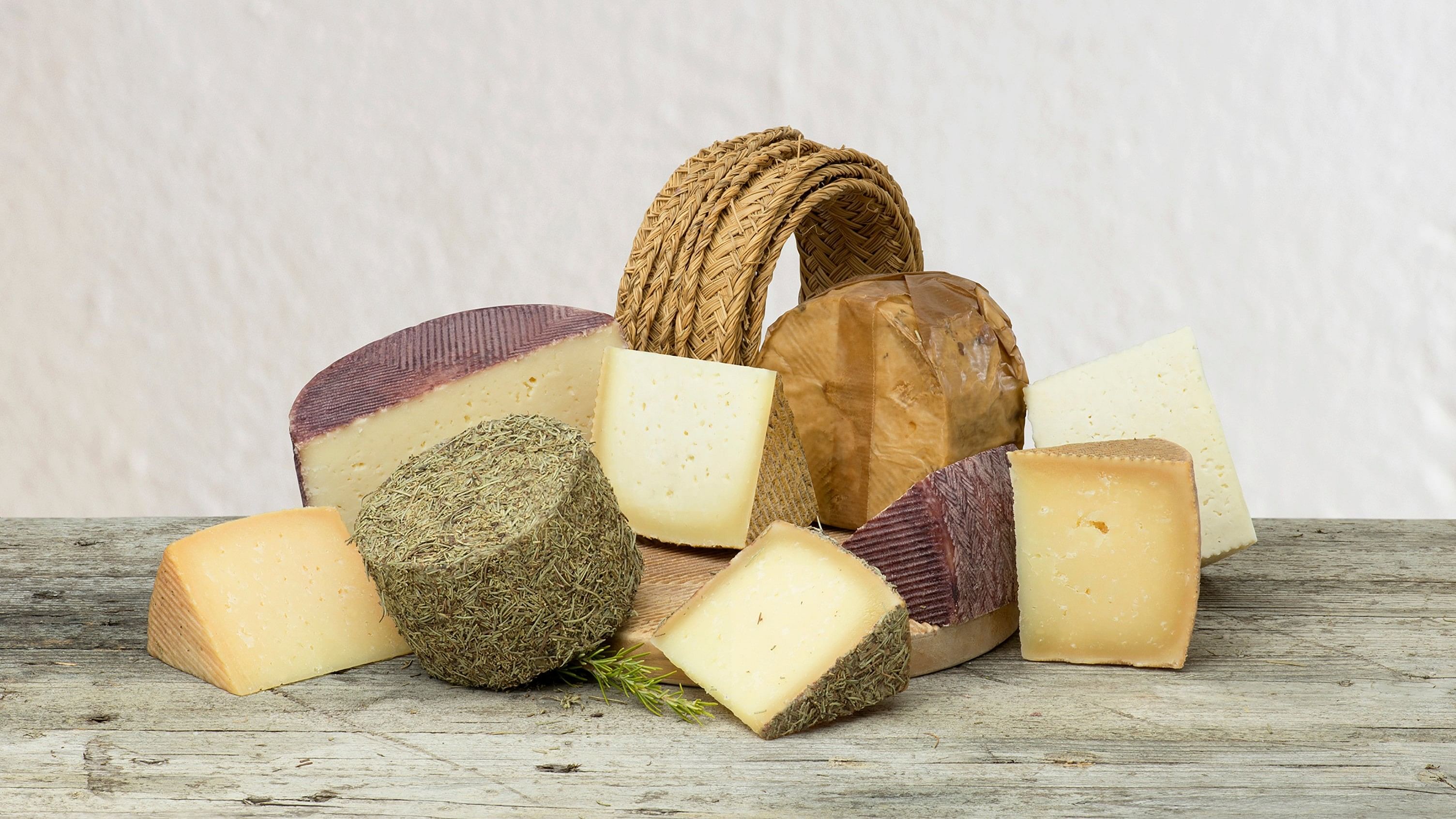
Manchego cheese
Credit: Special arrangement
Cheesy facts
Manchego is an integral part of Spanish identity and culture, with its cheesemaking tradition going back to the Bronze Age. In 1984, it was classified as a Denominación de Origen (DO) cheese, which means its production must follow strict regulations. Manchego cheese can only be made from the milk of the indigenous Manchega breed of sheep and can only be produced within designated parts of the provinces of Albacete, Ciudad Real, Cuenca, and Toledo, all in La Mancha region. It can be made with pasteurised or raw milk; in case it’s the latter, it can be labelled as artesano (artisanal). There are even specifications for the barrel-shaped moulds in which the cheese is made. To know whether the cheese is genuine, look at the bottom — it should have a distinctive label with a unique serial number issued by the Manchego Cheese Denomination of Origin Regulating Council. Manchego also holds a Protected Designation of Origin (PDO) status in the European Union.
Artisanal process
At Villarejo de Fuentes (in Cuenca), I got a chance to see the cheesemaking process firsthand at a cheesemaker in the municipality. Like many cheesemakers, the company works with several Manchega cheese farmers in the area. The milk is collected, tested for food safety, and then it may or may not be pasteurised depending on whether they are making artisanal cheese. The milk is then stirred and ingredients like calcium chloride, lactic ferments (derived from egg) and rennet are added (the company uses only vegetable rennet, not the animal-origin variety). The rennet and enzymes coagulate the milk, leading to the formation of curd, which is separated from the whey. The curd is then pressed into cylindrical moulds — traditionally, these moulds were plaited esparto grass baskets, which left a distinctive zig-zag pattern (called pleita) on the rind; today, the moulds are made with food-grade plastic but they still carry a zig-zag design in relief, which leaves an embossed pattern on the rind to maintain the authenticity of the cheese. Once the cheese is pressed to remove all the whey, it’s salted by immersing it in brine for 20 to 24 hours. It is then matured in ripening chambers where the temperature is between 3ºC and 16ºC and humidity between 75% and 90%.
Tasting notes
Manchego cheese is available in several varieties, ranging from fresco or fresh cheese that’s matured for two weeks to semi-curado or semi-firm cheese that’s aged from three weeks to three months to curado, which is aged for three to six months. There’s also the viejo category of Manchego where the cheese is aged for one to two years. Depending on how long the cheese is aged, the taste and texture vary — fresco Manchego has a rich, creamy mouthfeel and is quite mild while the anejo variety has a slightly crumbly texture (but not as crumbly as other hard cheeses like say parmesan) with sharp, peppery flavours but a pleasing buttery mouthfeel. The aroma is also slightly pungent but not overpowering, with hints of grass from the pastures where the Manchega sheep graze.
Manchego is best eaten on its own and makes a great addition to any cheeseboard. Pair it with fruits like pears and figs or with nuts, olives, and charcuterie. When it comes to the classic wine and cheese pairing, Manchego goes beautifully with both crisp white wines (such as the Spanish Albariño and Verdejo) or full-bodied reds (like Rioja and Tempranillo). And considering Spain is the land of sherry, it’s a match made in heaven with Manchego!
Flavour profile
Manchego DO cheese cannot have any added flavours but many cheesemakers are creating experimental varieties that are winning awards on the international stage. While these varieties technically cannot be called Manchego, the rigorous process remains the same, with the cheese being cured with herbs and other flavours at the final stage.